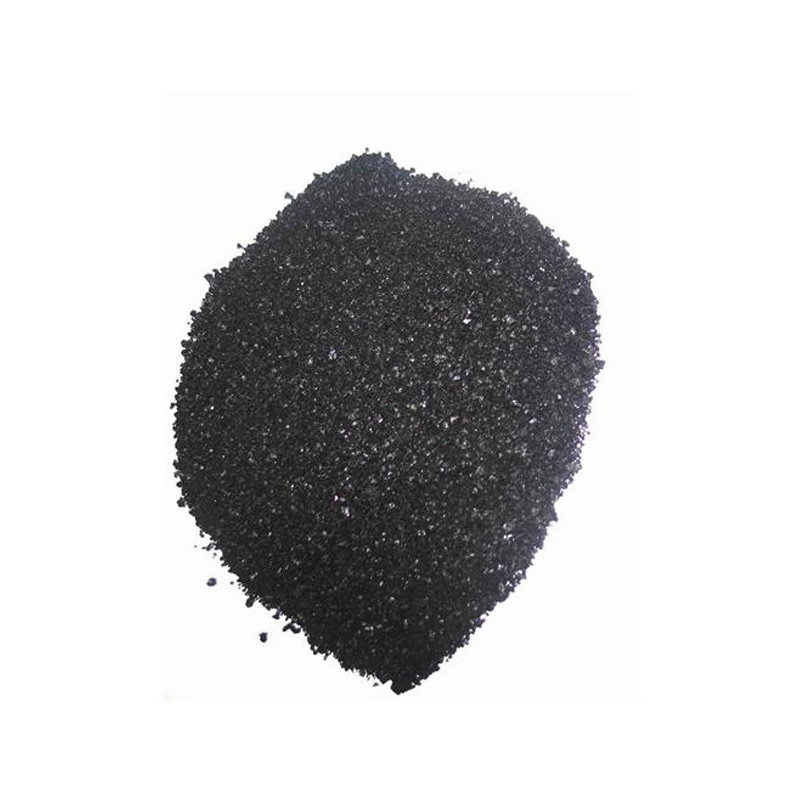dark indigo dye
The Allure of Dark Indigo Dye A Journey Through History and Culture
Deep, rich hues have always captivated the human eye, but few colors evoke as much admiration and intrigue as dark indigo. This mystical shade, often associated with the dye derived from the Indigofera plant, traces its roots back thousands of years and spans across various cultures, leaving an indelible mark on art, fashion, and even trade.
Indigo dyeing dates back to ancient civilizations, with evidence of its use found in places like Egypt, India, and China. The process of extracting indigo from the plant is both intricate and fascinating. The leaves of the Indigofera plant are fermented to create a paste, which is then oxidized to produce the striking blue pigment. This labor-intensive method has not only made dark indigo a symbol of craftsmanship but also of cultural identity for many communities. In India, for instance, indigo-dyed textiles are woven into the very fabric of festivals and ceremonies, representing not just beauty, but also heritage and tradition.
Historically, indigo was a valuable commodity, often referred to as “blue gold.” Its rarity and the complexity of the dyeing process meant it was traded extensively along ancient trade routes. The vibrant blue became a sought-after color among European aristocrats in the 16th and 17th centuries. The demand for indigo drove plantations in the Americas, particularly in the Southern United States, where it became a significant cash crop. The implications of this trade were profound, intertwining with narratives of colonization and slavery, which adds a layer of complexity to the appreciation of this hue today.
dark indigo dye

The transition of dark indigo dye from a luxury commodity to a staple can be observed in the emergence of denim in the late 19th century. As jeans became an embodiment of American culture, dark indigo was the dye of choice, offering resilience and style. The denim revolution brought indigo into the daily lives of people worldwide, making it synonymous with ruggedness and authenticity. The contrast between the wearable nature of indigo denim and its historical significance raises intriguing questions about how we perceive color and its cultural contexts.
In contemporary fashion, dark indigo continues to inspire designers and artisans. Sustainable practices have led to a resurgence in natural dyeing techniques, bringing attention back to indigo’s environmental benefits. Indigodyeing is being embraced not only for its aesthetic appeal but also for its connection to eco-friendly practices and artisanal craftsmanship. This renaissance of indigo promotes a deeper understanding of the colors we wear and their stories.
In conclusion, dark indigo dye encompasses a kaleidoscope of experiences, emotions, and histories. From its ancient roots to its modern-day applications, this color has not only colored fabrics but has also painted narratives of culture, trade, and identity. The allure of dark indigo lies in its ability to bridge the past with the present, inviting us to explore the myriad possibilities of creativity while anchoring us in a rich tapestry of human experience. Whether worn as clothing, displayed in art, or considered in cultural discussions, dark indigo remains a profound symbol of beauty and connection that transcends time and geography.
-
The Timeless Art of Denim Indigo Dye
NewsJul.01,2025
-
The Rise of Sulfur Dyed Denim
NewsJul.01,2025
-
The Rich Revival of the Best Indigo Dye
NewsJul.01,2025
-
The Enduring Strength of Sulphur Black
NewsJul.01,2025
-
The Ancient Art of Chinese Indigo Dye
NewsJul.01,2025
-
Industry Power of Indigo
NewsJul.01,2025
-
Black Sulfur is Leading the Next Wave
NewsJul.01,2025

Sulphur Black
1.Name: sulphur black; Sulfur Black; Sulphur Black 1;
2.Structure formula:
3.Molecule formula: C6H4N2O5
4.CAS No.: 1326-82-5
5.HS code: 32041911
6.Product specification:Appearance:black phosphorus flakes; black liquid

Bromo Indigo; Vat Bromo-Indigo; C.I.Vat Blue 5
1.Name: Bromo indigo; Vat bromo-indigo; C.I.Vat blue 5;
2.Structure formula:
3.Molecule formula: C16H6Br4N2O2
4.CAS No.: 2475-31-2
5.HS code: 3204151000 6.Major usage and instruction: Be mainly used to dye cotton fabrics.

Indigo Blue Vat Blue
1.Name: indigo blue,vat blue 1,
2.Structure formula:
3.Molecule formula: C16H10N2O2
4.. CAS No.: 482-89-3
5.Molecule weight: 262.62
6.HS code: 3204151000
7.Major usage and instruction: Be mainly used to dye cotton fabrics.

